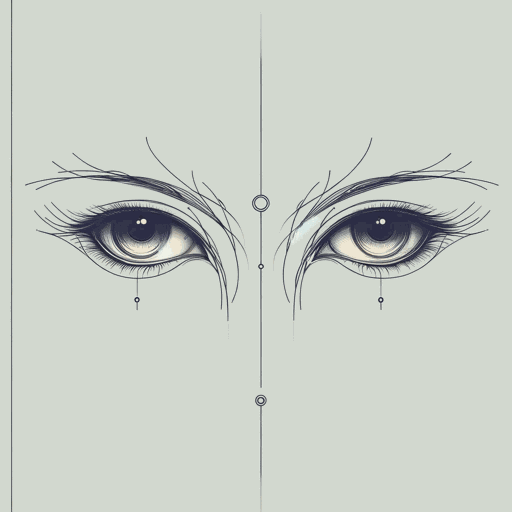18 pages • 36 minutes read
Edgar Allan PoeTo Helen
Fiction | Poem | Adult | Published in 1831A modern alternative to SparkNotes and CliffsNotes, SuperSummary offers high-quality Study Guides with detailed chapter summaries and analysis of major themes, characters, and more.
Poem Analysis
Analysis: “To Helen”
“To Helen” has three stanzas with five lines each. The first-person speaker is generally considered to be Poe himself, writing to a woman named Jane Stanard. He describes this woman’s beauty with references to the Greek myths, especially those about the beautiful Helen of Troy.
The first two stanzas are located at sea. The specific locations listed in the second stanza, Greece and Rome, as well as the mythology he references point to Poe writing about the Aegean Sea. The sea is also a symbolic place away from Helen, who is the addressee of the poem, or the “thee” (Line 12)—an outdated word for you—of the poem. The sea is a place where the speaker roams: “On desperate seas long wont to roam” (Line 6). This characterizes the speaker as a traveler.
In this nautical location, Helen’s beauty is compared to boats that carry the traveler home. Poe’s simile includes the “Nicéan barks of yore” (Line 2), where “barks” means boats and “of yore” means from a long time ago. However, scholars interpret “Nicéan” in several different ways. To connect with Homer’s Odyssey, Nicéan has been read as a version of Phoenician. Other interpretations include the boats being from the ancient town Nicaea (modern Nice, France) or the island of Nysa (a reference to the Greek god Dionysus).
Related Titles
By Edgar Allan Poe

A Dream Within a Dream
Edgar Allan Poe

Annabel Lee
Edgar Allan Poe

Berenice
Edgar Allan Poe

Hop-Frog
Edgar Allan Poe

Ligeia
Edgar Allan Poe

Tamerlane
Edgar Allan Poe

The Black Cat
Edgar Allan Poe

The Cask of Amontillado
Edgar Allan Poe

The Conqueror Worm
Edgar Allan Poe

The Facts in the Case of M. Valdemar
Edgar Allan Poe

The Fall of the House of Usher
Edgar Allan Poe

The Gold Bug
Edgar Allan Poe

The Haunted Palace
Edgar Allan Poe

The Imp of the Perverse
Edgar Allan Poe

The Lake
Edgar Allan Poe

The Man of the Crowd
Edgar Allan Poe

The Masque of the Red Death
Edgar Allan Poe

The Murders in the Rue Morgue
Edgar Allan Poe

The Narrative of Arthur Gordon Pym of Nantucket
Edgar Allan Poe

The Oval Portrait
Edgar Allan Poe

